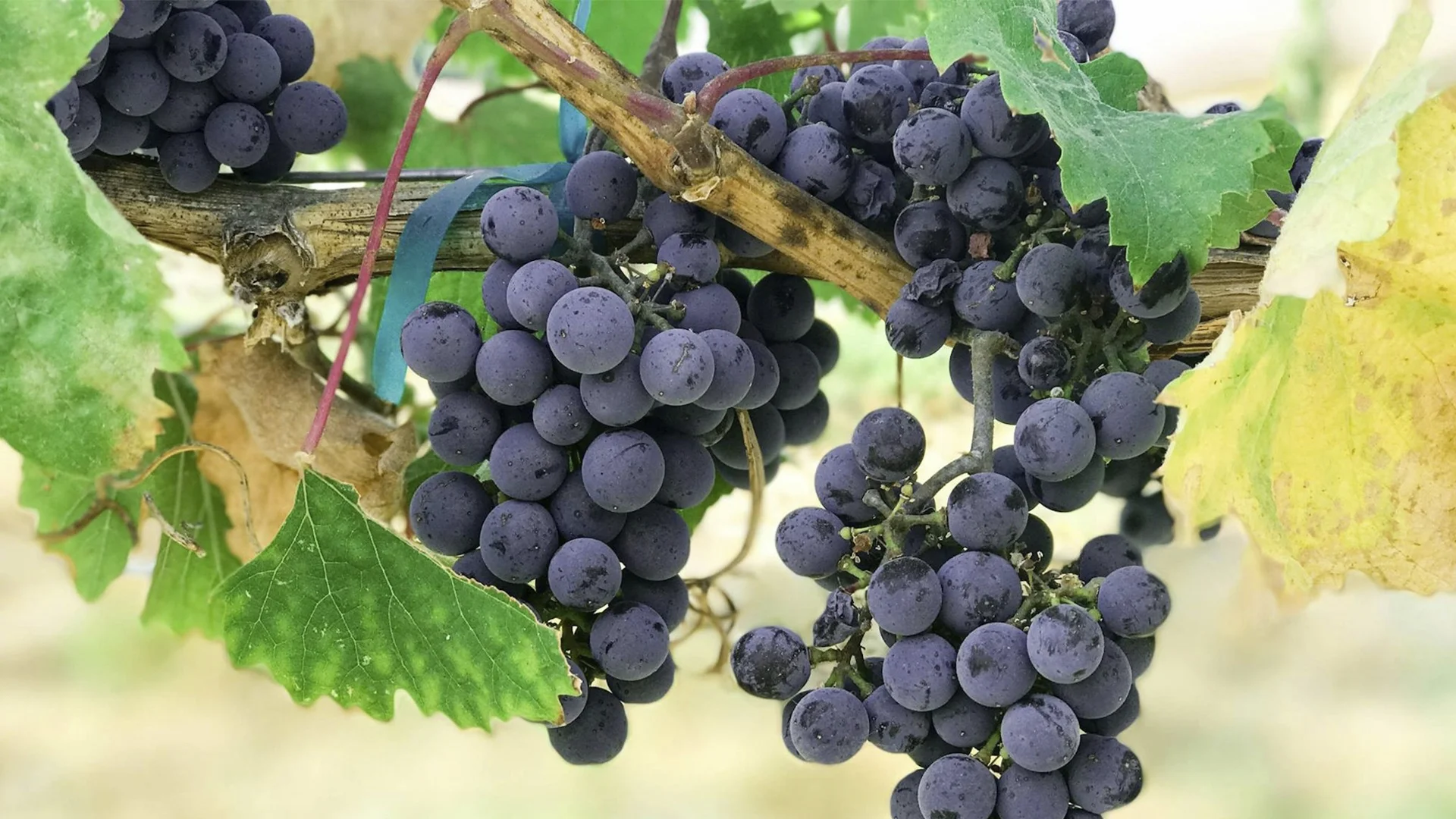
Montepulciano is the unsung hero of Italian wine—reliable, underrated, and more layered than most people realize. While the wine world chases after the spotlight of Sangiovese and the prestige of Barolo, Montepulciano keeps producing wines with exceptional character, age-worthiness, and astonishing value, often without demanding your attention. It is, in fact, Italy’s second most widely planted grape variety after Sangiovese.
Among Italian grape varieties, Montepulciano stands out in the market for its versatility and ability to produce wines that appeal to a wide range of palates.
Abruzzo is the region where Montepulciano finds its greatest and most well-known expression, showcasing the grape’s full potential.
In this deep dive, we’ll uncover what sets Montepulciano apart, from its often-misunderstood identity and confusing name to its viticultural strengths, such as heat resistance and late ripening.
Frequently mistaken for Vino Nobile di Montepulciano, which is made from Sangiovese grapes in Tuscany, Montepulciano is a distinct grape variety producing very different wines from separate regions.
We’ll explore its history, rise to DOC and DOCG status, and how terroir and climate shape its character across central and southern Italy.
Montepulciano isn’t just another Italian grape, it’s Italy’s second most planted red variety, yet it remains one of the wine world’s best-kept secrets.
Montepulciano, the grape, has absolutely nothing to do with Vino Nobile di Montepulciano from Tuscany. It’s like confusing New York, the city, with New York, the state—same name, completely different entities.
The Tuscan wine is made from Sangiovese grapes, not Montepulciano, so it’s a separate DOC, hundreds of kilometres away. This common confusion has persisted for years, adding to the grape’s misunderstood identity.
Montepulciano d’Abruzzo is the grape’s calling card—a wine that offers genuine quality at prices that won’t break the bank.
These wines display an intense ruby red colour with violet hues, turning to garnet with age, and feature flavours of dark cherry, plum, and blackberry with earthy undertones, making them perfect for everything from pizza night to Sunday dinner. You’ll also notice subtle floral aromas, especially in younger wines, adding depth to their aromatic profile. Additionally, its flavours are complemented by a medium to low alcohol content and balanced acidity, which pairs especially well with tomato-based dishes like pizza or pasta with red sauce.
Montepulciano d’Abruzzo is often affordable and readily available at lower price points. It also works well with charcuterie and cheese platters, making it a versatile choice for various occasions.
Fun fact: Besides red wine, Montepulciano also produces rosé wines. Some amazing examples are Cerasuolo di Abruzzo and the wines produced in Okanagan and Kakheti. Its freshness, especially when enjoyed young, makes Montepulciano d’Abruzzo an appealing option for a wide range of occasions.
Montepulciano is a grape variety that truly shines in its versatility, offering a spectrum of wine styles to suit every palate and occasion.
While the Montepulciano grape is best known for producing robust red wines, it’s also the backbone of some of Italy’s most vibrant rosé wines, such as the celebrated Cerasuolo d’Abruzzo.
In central Italy, you’ll find Montepulciano both as a solo act in varietal wines like Montepulciano d’Abruzzo and as a key player in blends, where it adds depth and colour to wines such as Rosso Conero and Rosso Piceno.
Winemaking techniques influence the style of Montepulciano wines.
Some use stainless steel to keep fruit fresh, making wines juicy and ready to drink early.
Others prefer oak barrels to add complexity, structure, and spicy vanilla notes.
For instance, wines aged in large Slavonian barrels tend to be silkier with nuanced aromas, while those in smaller French barriques often have bolder, toastier flavours.
The grape’s adaptability offers everything from easy-drinking reds to serious, cellar-worthy bottles that reward patience.
Whether you’re enjoying a youthful, fruit-forward wine or a deeply aged one with earth and spice, Montepulciano suits every wine lover.
Montepulciano wines offer a balanced mix of fruit, acidity, and tannins, making them approachable and complex. They feature red fruit flavours like cherry, plum, and blackberry, with lively acidity for freshness and food friendliness. Moderate tannins add structure without overpowering, suitable for drinking alone or with food.
The influence of terroir and winemaking techniques is clear.
No matter the region, Montepulciano’s hallmark is its harmonious balance of fruit, acidity, and tannins, making it a reliable choice for those seeking both vibrancy and depth in their glass.
The ageing potential of Montepulciano wines is as varied as the regions and winemaking techniques that produce them.
Ultimately, whether you’re cellaring a robust Riserva or enjoying a fresh, youthful bottle, Montepulciano offers options for every stage of the wine’s life, making it a flexible choice for both collectors and casual drinkers.
Few wines are as food-friendly as Montepulciano, thanks to its bright acidity and moderate tannins. These qualities make Montepulciano wines a natural match for a wide range of foods, from classic Italian fare to international cuisine.
The versatility of Montepulciano means it can be enjoyed with everything from simple snacks to elaborate, multi-course meals. Whether you’re serving charcuterie, roasted vegetables, or a classic tomato-based sauce, Montepulciano’s balance of fruit and tannin ensures it will complement your food rather than overpower it. Next time you’re planning a meal, reach for a bottle of Montepulciano and discover just how well it plays with your favourite dishes.
With the right care, Montepulciano wines can continue to evolve and improve over time, rewarding your patience with every pour. Whether you’re saving a special bottle for a future celebration or enjoying a young wine tonight, a little attention to serving and storage goes a long way in preserving the delicious qualities of this Italian classic.
Every great grape has an origin story, and Montepulciano’s reads like a tale of strategic expansion. It began in the 16th century in L’Aquila’s valleys, gradually conquering Italy hillside by hillside.
Montepulciano is key in wines like Rosso Conero from Marche, Biferno from Molise, and Torgiano from Umbria, showcasing its versatility.
The spread wasn’t accidental—between the 18th and 19th centuries, Montepulciano migrated from mountain strongholds to coastal areas, adapting to different terroirs like a seasoned traveller. This helped Montepulciano thrive in 20 of Italy’s 95 provinces—a geographic footprint that would impress any marketer.
1968 marked a pivotal moment when Montepulciano d’Abruzzo achieved DOC status, giving it official recognition and quality standards. During this period, Montepulciano’s reputation grew, and in 2003, the premium Colline Teramane subzone was elevated to DOCG status, establishing a quality hierarchy that continues to reward excellence to this day.
Despite sharing a name with the Tuscan town of Montepulciano, the grape is likely to have originated in Torre de’ Passeri in Abruzzo. It’s a classic case of mistaken identity that has persisted for centuries, proving that even in wine, branding matters more than geography.
Montepulciano is the Mediterranean vacation grape—it loves heat, tolerates drought, and thrives in conditions that would stress out more delicate varieties. This is a grape that ripens late in the season, holding onto its acidity while developing complex flavours under the Italian sun.
The grape’s heat tolerance is legendary. While climate change threatens traditional wine regions, Montepulciano is positioned to migrate northward, potentially expanding its range as temperatures rise.
It’s like having a grape variety with built-in future-proofing.
Soil preferences reveal a story of practicality: Montepulciano is suited to clay-limestone soils that retain moisture during hot summers while providing excellent drainage. The clay component is crucial—it acts like a natural reservoir, storing water during wet periods and releasing it slowly during dry spells. Regions with these soil types and a warm Mediterranean climate are most suitable for growing Montepulciano, as they provide the ideal conditions for the grape to thrive.
Climate data reveals fascinating patterns: the accumulation of heat between March and July has a direct influence on grape quality and harvest timing. Research shows that every 100 degree-days of additional heat can advance harvest by about 14 days, while also reducing acidity by 0.85 g/L. This sensitivity to thermal evolution makes Montepulciano a climate change indicator, showing how warming trends affect wine production.
Abruzzo is Montepulciano’s spiritual home, but labelling it a single terroir would be akin to describing Italy as a single culture—there’s incredible diversity within the region.
The DOC region spans 9,991 hectares, extending from the Apennine foothills to the Adriatic coast, with each zone contributing unique characteristics.
Terroir expression varies dramatically across subzones, and the winemaking techniques define the different styles of Montepulciano wines:
Areas like Rosso Piceno and Rosso Conero showcase the power and versatility of Montepulciano, producing some outstanding blends with Sangiovese that showcase a lighter colour.
In some of these blends, Montepulciano can account for up to half of the composition, underscoring its significant role in the final wine.
The elevation factor is crucial—vineyards are planted between 250 and 550 meters above sea level, with maximum elevations of 600 meters for south-facing slopes.
This altitude provides the cooling influence necessary for maintaining acidity while achieving full phenolic ripeness.
Soil composition varies by geological epoch:
Beyond Abruzzo, the region that allows a higher sugar content, Montepulciano thrives in certain areas. Some of them are Marche, Molise, Lazio, and Umbria, each region adding its own terroir signature to each bottle. The grape’s adaptability allows it to express local character while maintaining its essential identity, like a skilled actor who can play different roles without losing their distinctive voice. It is also produced in other regions of Italy, such as Puglia, Tuscany, and Emilia-Romagna, further showcasing its versatility.
Global Expansion: Outside of Italy, the grape is also planted in countries such as Australia, New Zealand, Argentina, and the United States. Notably, Montepulciano has also found a home in Texas, where its heat tolerance and adaptability make it a promising choice for winemakers.
Montepulciano's sustainability story reads like a playbook for climate-smart viticulture. The grape's drought tolerance makes it naturally suited for sustainable farming practices, requiring minimal irrigation and thriving in organic production systems.
Organic viticulture is gaining traction in the Montepulciano region. Tuscany, where some Montepulciano is grown, boasts 15% organic vineyard coverage, with several areas moving toward 100% organic certification.
The Val d'Arno di Sopra DOC is applying to become Italy's first entirely organic designation.
Biodynamic practices are flourishing, particularly in premium zones. The Lucca Biodinamica cooperative network demonstrates how sustainable practices can enhance both environmental health and wine quality.
These producers emphasize chemical-free viticulture while maintaining economic viability.
Carbon footprint reduction initiatives are pioneering in the Montepulciano region. The Vino Nobile di Montepulciano became the first Italian wine region to receive Equalitas sustainability certification, which measures environmental, ethical, and economic impacts. The region's Salcheto winery operates entirely off the grid, utilizing renewable energy and sustainable packaging.
Water management is crucial for sustainability. Montepulciano's natural drought resistance allows producers to reduce irrigation, while precision viticulture techniques optimize water use.
The grape's ability to maintain quality under water stress makes it ideal for sustainable production systems.
Biodiversity preservation is integrated into sustainable Montepulciano production. Many producers maintain organic soil management systems, create wildlife corridors, and preserve indigenous plant species.
This approach enhances ecosystem health while potentially improving wine complexity through natural balance.
The Montepulciano Hall of Fame includes producers who have elevated this grape from bulk wine status to artisanal excellence.
These aren’t just wineries—they’re quality revolutionaries proving that great wine doesn’t require famous appellations.
Legendary Montepulciano Producers:
Rising Montepulciano Stars:
Value Montepulciano Champions:
The quality revolution is evident in blind tastings where premium Montepulciano d’Abruzzo matches global benchmarks.
Montepulciano is Italian wine’s best-kept secret—a grape that combines accessibility with complexity, and value with age-worthiness.
It offers an honest expression of terroir, delivering character-driven wines without the pretension or price tags typically associated with more famous varieties.
Montepulciano d'Abruzzo, in particular, is often recommended for newcomers to Italian wines because it has softer tannins than Sangiovese, making it an approachable and enjoyable choice.
Montepulciano wines can exhibit spices such as black pepper and clove, adding to their complexity and appeal.
Its future looks strong.
As climate change favours heat-tolerant grapes and sustainability moves from trend to necessity, Montepulciano’s resilience, low-input farming potential, and wide adaptability make it one of the smartest grapes to watch—and to drink.
For newcomers, it’s an inviting introduction to Italy’s wine landscape. For collectors, it’s a contrarian play with serious upside. And for everyone in between, Montepulciano offers proof that great wine isn’t about fame—it’s about place, passion, and producers who let the grape speak for itself.
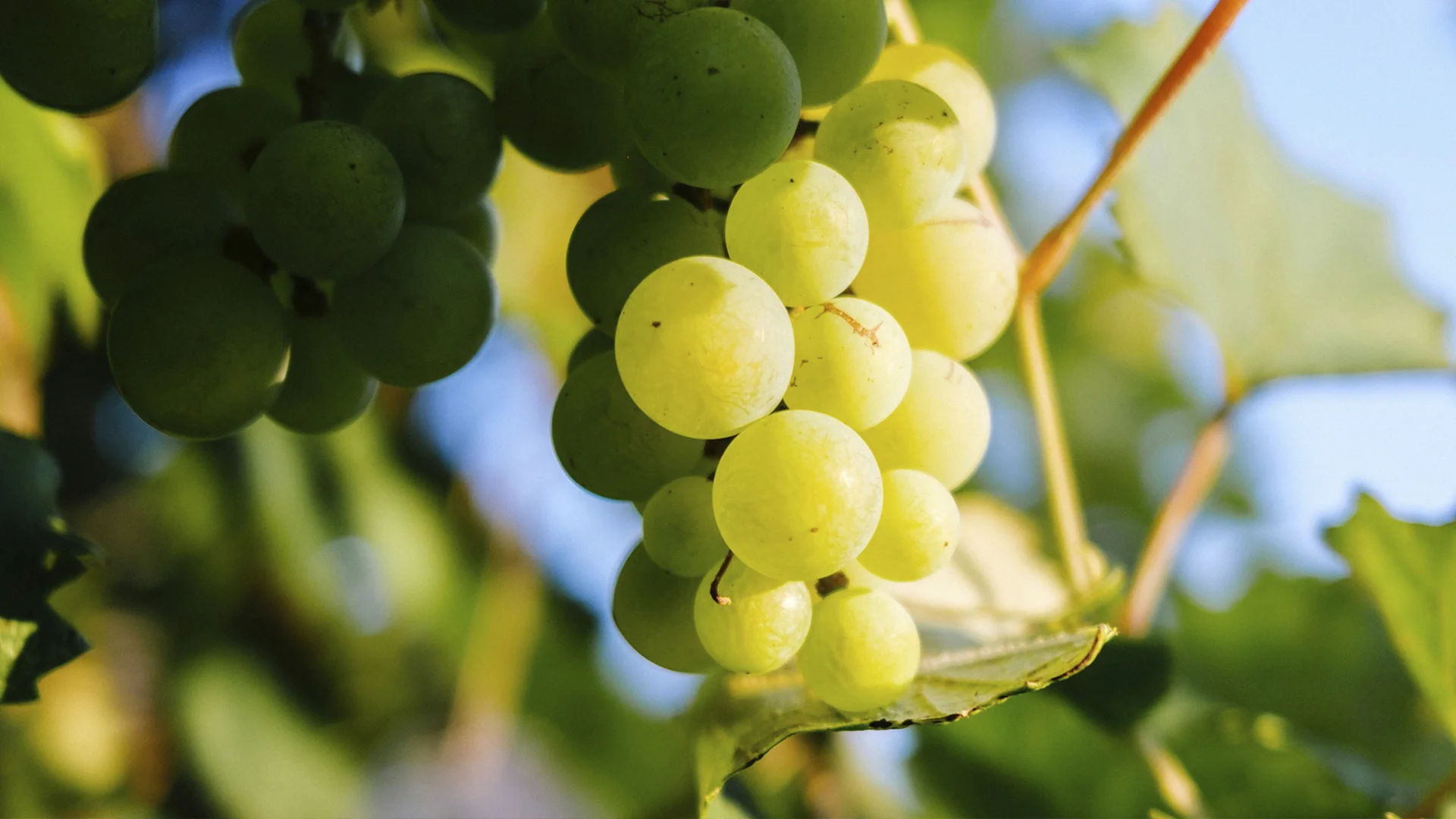
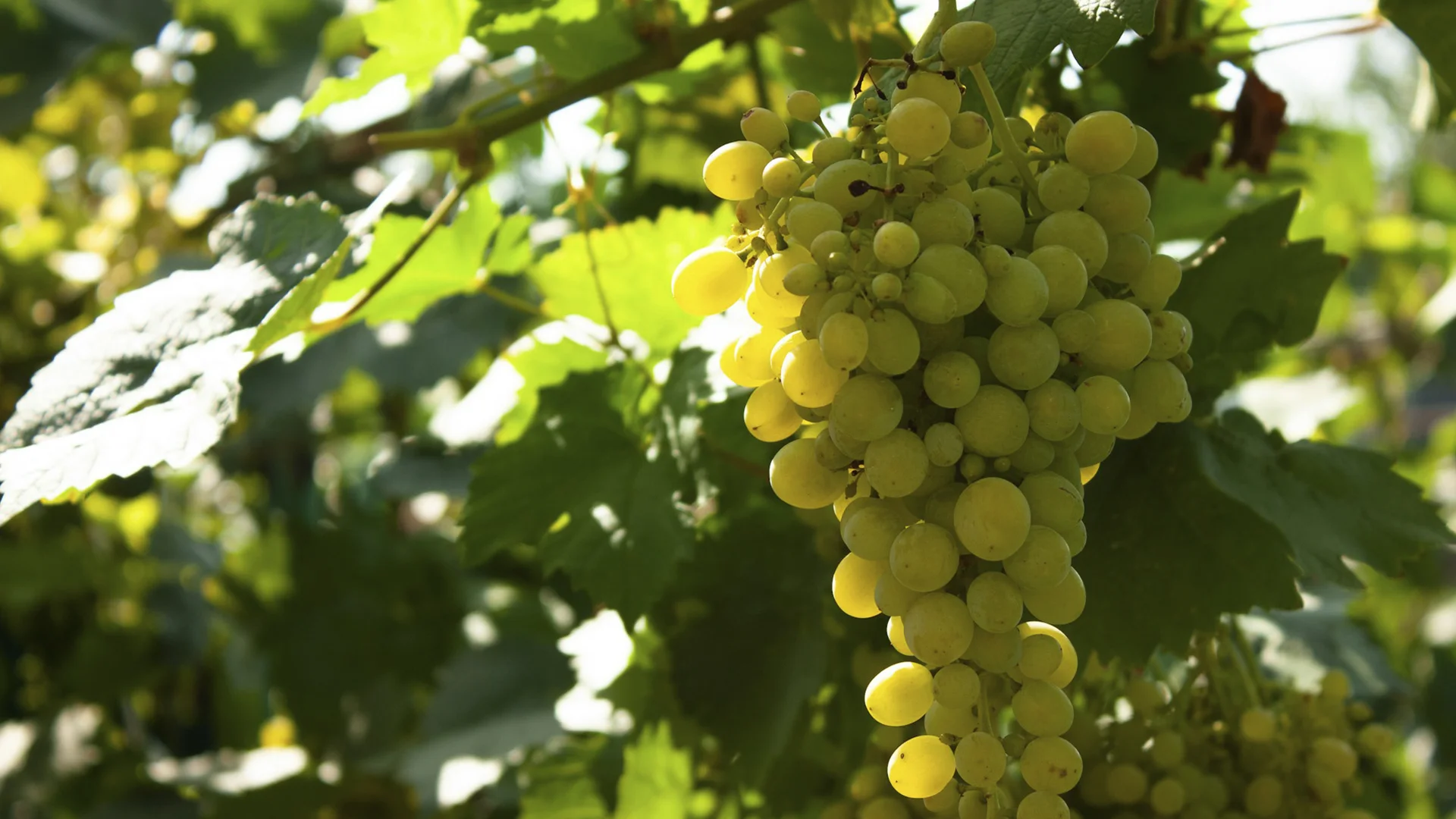
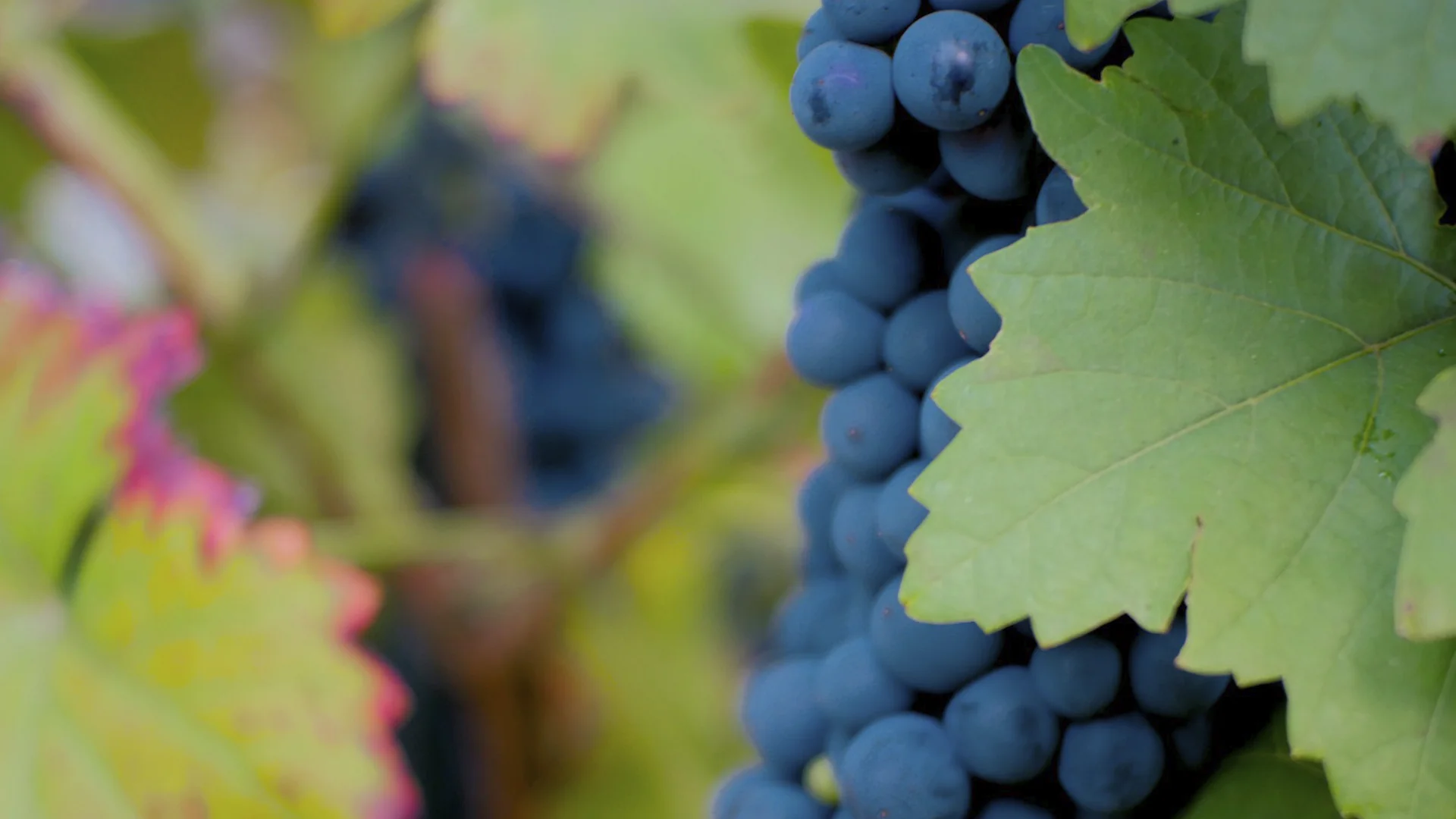

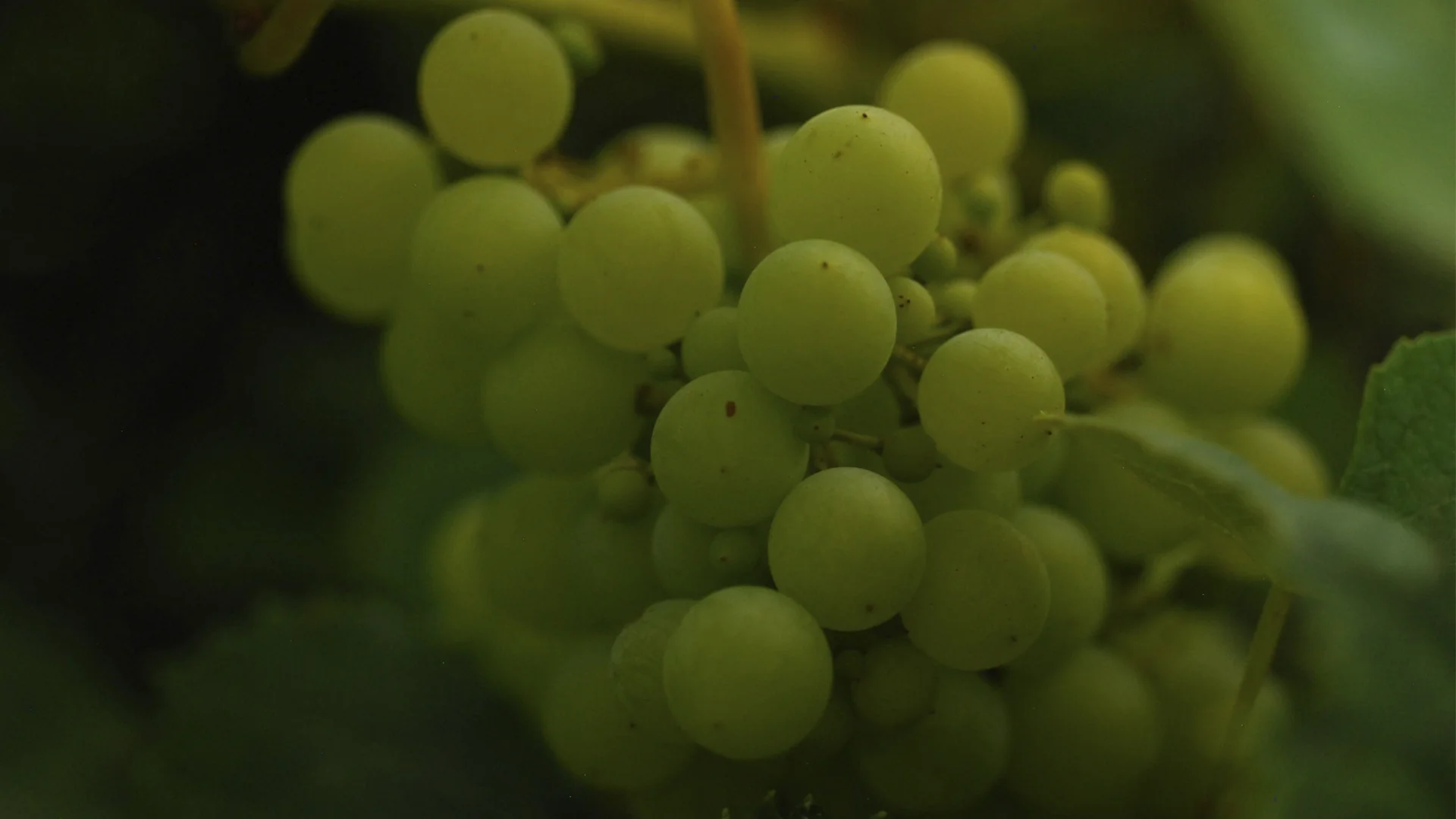
























































































.webp)

.webp)





Are you interested in
collaborating with us?